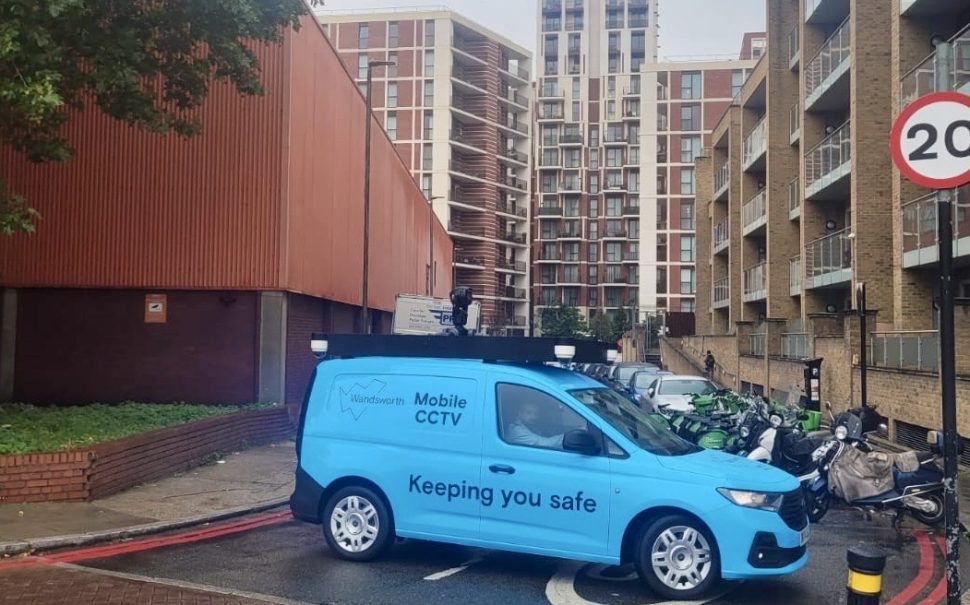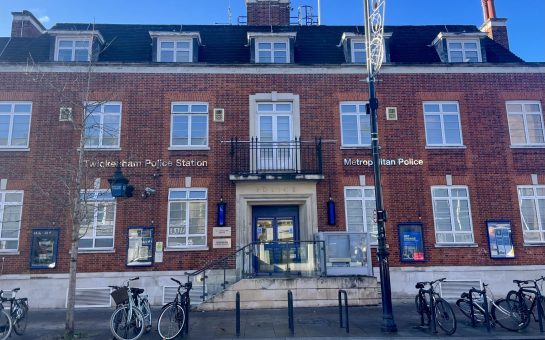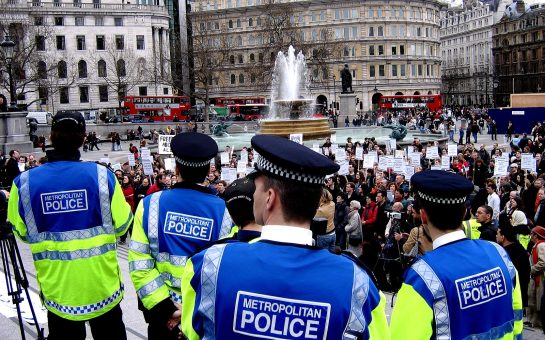The UK is facing the largest expansion of live facial recognition across civil society, a study has revealed.
The research from Data & Policy has warned that the Met Police’s live facial recognition trials are little more than public performances to legitimise the use of powerful and invasive digital technologies before public debate and regulation have occurred.
The study analysed four case studies of live facial recognition by European law enforcement in London, Wales, Berlin and Nice between 2016-20.
Lack of transparency, informed consent, and weak data protection and privacy rights were consistent shortcomings.
Given the scope for interference with people’s rights, the study warned that evidence of the technology’s effectiveness must pass an exceptionally high threshold if police want to justify its use.
Live facial recognition involves matching faces caught on CCTV cameras against police watchlists in real time.
The technology has been trialled in London and South Wales since 2016, but is now being rolled out on a large scale. The number of faces scanned has doubled to 5million in the last year.
Last month, Hammersmith and Fulham Council approved more than £3m in funding to enhance its CCTV network, including AI capability and retroactive facial recognition.
While the Met Police introduced the first-ever permanent live facial recognition cameras in July in Croydon, Hammersmith is the first local council to do so.
The borough already has more cameras per person than anywhere else in the UK.
Retroactive facial recognition will also allow the borough to search through CCTV footage to track routes taken by criminals across the borough. Drones are also being considered as an enforcement aid.
Big Brother Watchdog has argued that police use of live facial recognition is not enabled by any specific piece of legislation and has never been debated in parliament.
Police forces have been left to write their own policies about where and how it will be used.
Opponents of the technology are also concerned about who ends up on police facial recognition watchlists, which can include victims of crime and ‘vulnerable’ people as well as suspects.
There have been cases of protesters not wanted for any crime, and people with mental health issues featured on these lists.
A representative from Liberty said: “The law on facial recognition is being far outpaced by police use, which is expanding all the time.
“The UK should follow the example of other countries that have put laws in place around how facial recognition is used by police, including robust safeguards to protect our rights.”
The study highlights that, legally, a live facial recognition match alert is not enough to form reasonable suspicion, which officers are required to demonstrate to stop and detain people.
More than 1,000 facial recognition searches using the UK passport database were carried out over the past two years, and officers were found to be increasingly searching for matches on the Home Office immigration database.
Council leader Stephen Cowan emphasised its innovative crime-fighting capabilities, but also as a solution to a broken criminal justice system.
He said in a Cabinet meeting in September: “As we know, the criminal justice system is broken. It’s one of the many consequences of austerity, and as a consequence, it is extremely difficult at times for the courts to get people taken through the courts.”
Proponents of live facial recognition stress its secondary benefits of disrupting and deterring crime; the study argues that these benefits have not yet been proven.
Concern about live facial recognition also fits within a broader discussion around digital IDs, which Keir Starmer has planned to introduce across the UK in a bid to control immigration.
More than 2.4million people have signed against their introduction, saying it would be a step towards mass surveillance and digital control.
The Tony Blair Institute sees Digital IDs and LFR as part of a single identity ecosystem. A digital ID would link all other biometric and behavioural data, with facial recognition being used as a biometric verification tool.
The result would be a comprehensive tracking system and surveillance network, which would remove the ability to move anonymously in public spaces, potentially undermining free association and protest.
Featured image credit: Richard Brann





